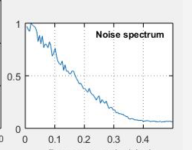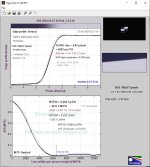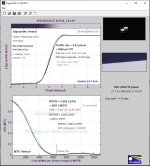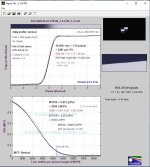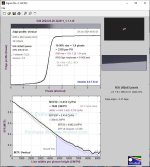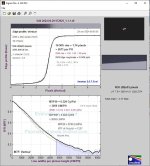Jon Pais
Well-known member
- Joined
- Jun 12, 2021
- Messages
- 287
- Reaction score
- 134
- Points
- 43
Blackmagic Design has teased a new camera called URSA Cine Immersive. This new camera in currently still in development, and it is being designed to capture content for Apple Vision Pro with 8160 x 7200 resolution per eye, 16 stops of dynamic range for 90fps stereoscopic 3D immersive cinema content. At the WWDC, Apple also referred to the camera.
Blackmagic Design also announced DaVinci Resolve for immersive video today. Both products will enable users to create high resolution 3D content.
The new updates to DaVinci Resolve will make it the world’s first immersive video editor. There will be a lot of updates and changes to support immersive workflows including a new immersive video viewer which will let editors pan, tilt and roll clips for viewing on 2D monitors. But what’s most exciting is we can even allow clips to be adjusted and monitored on Apple Vision Pro itself for a complete immersive editing experience.
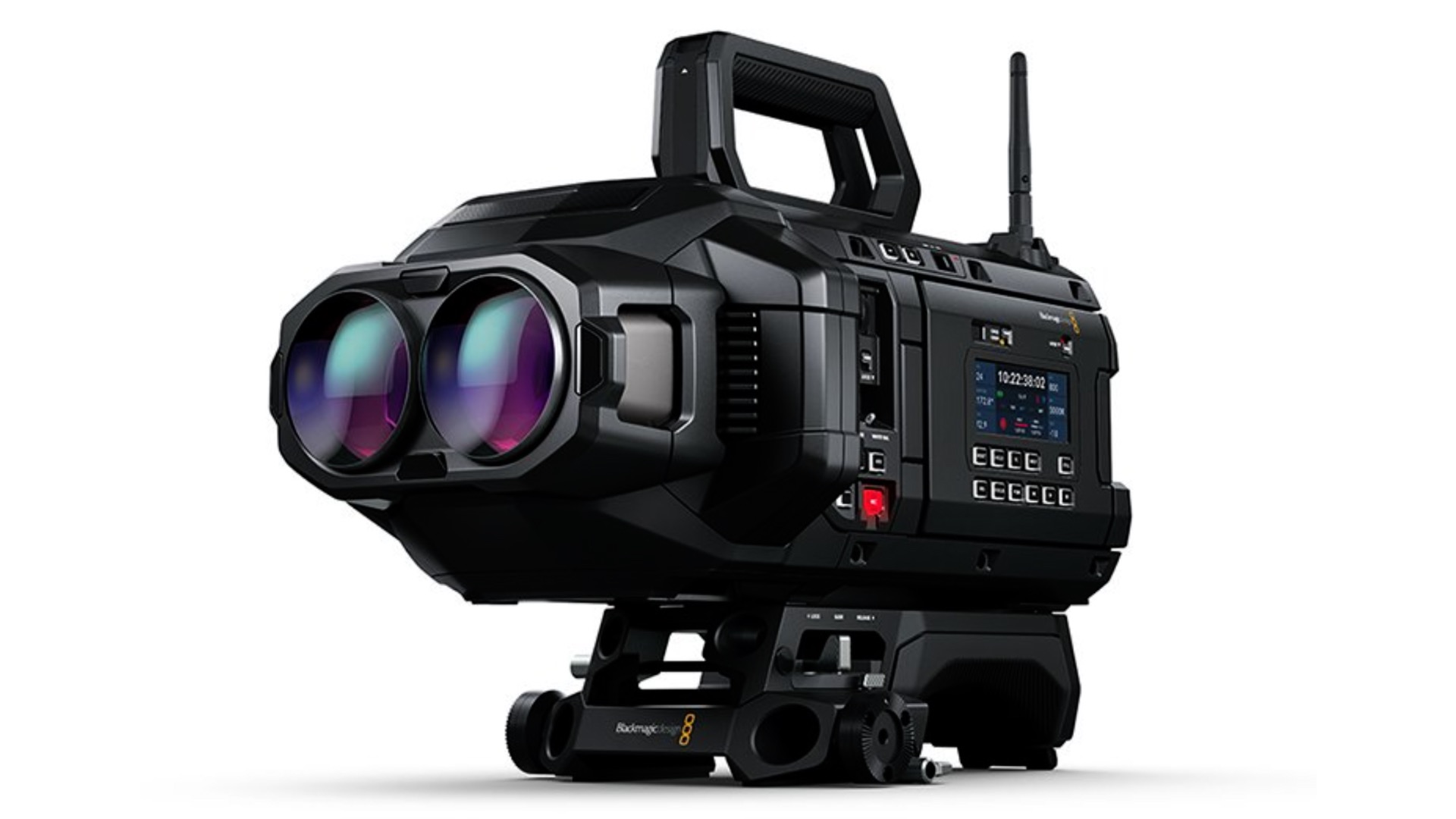
 www.newsshooter.com
www.newsshooter.com
Blackmagic Design also announced DaVinci Resolve for immersive video today. Both products will enable users to create high resolution 3D content.
The new updates to DaVinci Resolve will make it the world’s first immersive video editor. There will be a lot of updates and changes to support immersive workflows including a new immersive video viewer which will let editors pan, tilt and roll clips for viewing on 2D monitors. But what’s most exciting is we can even allow clips to be adjusted and monitored on Apple Vision Pro itself for a complete immersive editing experience.

Blackmagic URSA Cine Immersive– Capture content for Apple Vision Pro with 8160 x 7200 resolution per eye - Newsshooter
Blackmagic Design has teased a new camera called URSA Cine Immersive. This new camera in currently still in development, and it is being designed to capture
 www.newsshooter.com
www.newsshooter.com



